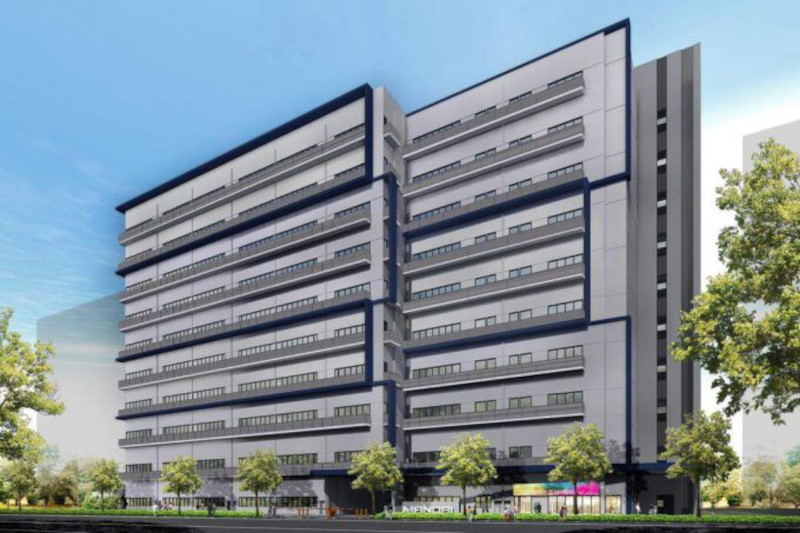Understanding the Challenge of Affordable Housing in Urban Areas
Affordable housing is a pressing issue that continues to plague urban areas around the world. As populations grow and cities expand, the demand for housing increases exponentially. However, the supply of affordable housing fails to keep up with this growing demand, leading to a crisis that affects individuals, families, and communities.
Factors Contributing to the Affordable Housing Crisis
Several factors contribute to the ongoing challenge of affordable housing in urban areas. One of the primary factors is the rapid urbanization and migration of people from rural to urban areas in search of better opportunities. This influx of people puts immense pressure on the existing housing stock, driving up prices and making it unaffordable for many.
Additionally, the rising cost of construction materials and land make it difficult for developers to create affordable housing options. Zoning restrictions and regulations also play a significant role in limiting the supply of affordable housing in desirable urban locations.
Impact on Communities: Social and Economic Consequences
The lack of affordable housing has far-reaching consequences on both the social fabric and the economic stability of communities. Without access to affordable housing, individuals and families face the risk of homelessness or being forced to live in substandard conditions.
Furthermore, the high cost of housing often leads to financial strain, leaving individuals with limited disposable income for other essential needs such as healthcare, education, and transportation. This, in turn, perpetuates a cycle of poverty and inequality within urban areas.
Government Initiatives and Policies to Address the Issue
To tackle the affordable housing crisis, governments have implemented various initiatives and policies. These include the development of subsidized housing projects, rent control measures, and incentives for developers to build affordable housing units.
Moreover, governments have also looked into public-private partnerships to increase the availability of affordable housing. These partnerships aim to leverage private sector expertise and resources to create housing solutions that are both affordable and sustainable.
Innovative Solutions: Exploring Alternative Approaches to Affordable Housing
Addressing the affordable housing crisis requires exploring innovative and alternative approaches. One such approach is the implementation of micro-housing or tiny home communities. These compact living spaces provide affordable options for individuals and small families.
Furthermore, adaptive reuse of existing buildings, such as repurposing vacant warehouses or office spaces into affordable housing units, can also be a viable solution. This approach not only maximizes the use of existing infrastructure but also preserves the architectural heritage of urban areas.
Case Studies: Successful Examples of Affordable Housing Projects
Several successful case studies serve as examples of how affordable housing projects can be implemented effectively. One noteworthy example is the High Line Nine project in New York City. This development combines affordable housing units with community spaces, fostering a sense of belonging and inclusion.
Another successful example is the Y-Foundation in Finland, which has implemented a “Housing First” approach. This approach provides stable housing for individuals experiencing homelessness and offers support services to address the underlying causes of homelessness.
Overcoming Barriers: Challenges and Obstacles in Implementing Affordable Housing Solutions
While there are solutions available, implementing affordable housing projects faces several challenges and obstacles. One major hurdle is the resistance from local communities who may fear the impact of affordable housing on property values or neighborhood dynamics.
Additionally, securing funding for affordable housing projects can be a significant challenge. Limited government budgets and the reluctance of private investors to invest in affordable housing can hinder the progress in addressing the crisis.
Engaging the Community: The Role of Stakeholders in Creating Affordable Housing Opportunities
Creating sustainable and inclusive affordable housing requires the active involvement of stakeholders, including local communities, developers, policymakers, and nonprofits. Engaging the community in the decision-making process and addressing their concerns can foster support and collaboration.
Furthermore, partnerships between developers and nonprofit organizations can help ensure that affordable housing projects are designed and implemented with the needs of the community in mind. This collaborative approach can result in more successful and impactful outcomes.
A Call to Action for a Sustainable Future in Urban Housing
The affordable housing crisis in urban areas calls for immediate action and collective efforts. Governments, developers, and communities must work together to create sustainable and inclusive housing solutions that meet the needs of all residents.
By investing in affordable housing initiatives and implementing supportive policies, we can alleviate the burden on individuals and families struggling to find suitable and affordable homes. It is crucial to prioritize the well-being and stability of communities to ensure a sustainable future in urban housing.






